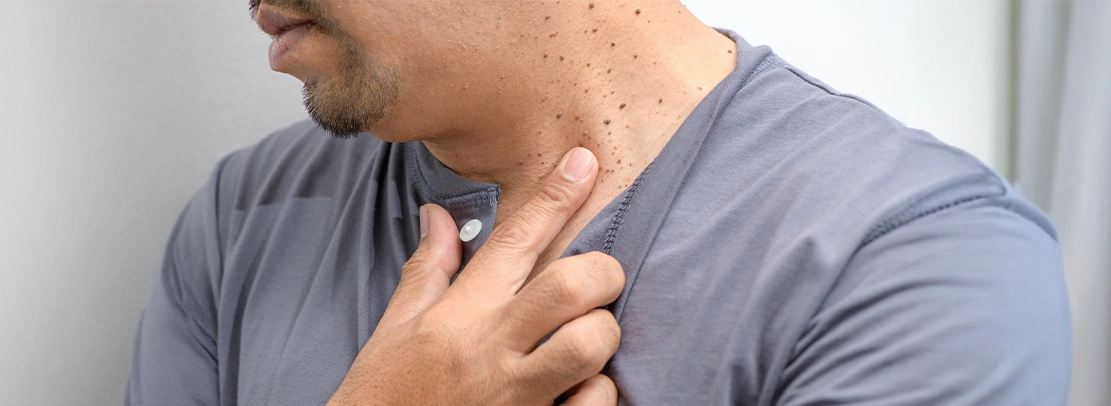
How to Know if You Have PCOS: Symptoms, Diagnosis, and Natural Treatment Options
Posted By: Dr. Batra's®, 08 Dec 25
Warts & Skin Growths: Strengthening Immunity Naturally
Posted By: Dr. Batra's®, 08 Dec 25
Ovarian Cysts & Hair Thinning: Understanding the Hormonal Link and Natural Healing with Homeopathy
Posted By: Dr. Batra's®, 08 Dec 25
Why Holistic Healing is the Future of Health: The Homoeopathic Approach to Total Wellbeing
Posted By: Dr. Batra's®, 11 Nov 25
Immunity in the Modern World: Why Natural Therapies Are Making a Comeback
Posted By: Dr. Batra's®, 11 Nov 25
Is There a Safe and Natural Homeopathic Cure for Varicose Veins?
Posted By: Dr. Batra's®, 11 Nov 25
